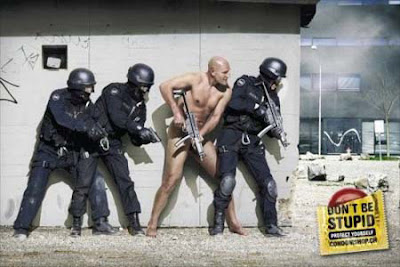Endara dubbed the video The Making of "Hero", and throughout that 2 minutes, we witness how a blank piece of paper is slowly filled out with ink dots to form a face of a person. At the start of the video, Endara merely draws a very simple outline of his father's face and then later proceeds to filling the outlines with millions and millions of ink dots. His attention to detail, particularly the spacing between the dots which produces different shades within the portrait to create the eyebrows, the wrinkles, even the stubble of his father's beard and moustache, accentuates the contours of a face just shows how much heart has gone into the making of that portrait. The final product is an extremely realistic portrait of his old man. This video has shown me that art takes time, dedication and passion.
Even the way the video was created also showed a form of simplistic creativity by the way of counting the number of dots as the portrait was being drawn and it highlighted the method the artist use to come up with different shades within the portrait itself.
Even the way the video was created also showed a form of simplistic creativity by the way of counting the number of dots as the portrait was being drawn and it highlighted the method the artist use to come up with different shades within the portrait itself.
The Making of "Hero" from Miguel Endara on Vimeo.
References :
Miguel Endara. (2012). The Making of "Hero" on Vimeo. Retrieved from http://vimeo.com/33091687
























